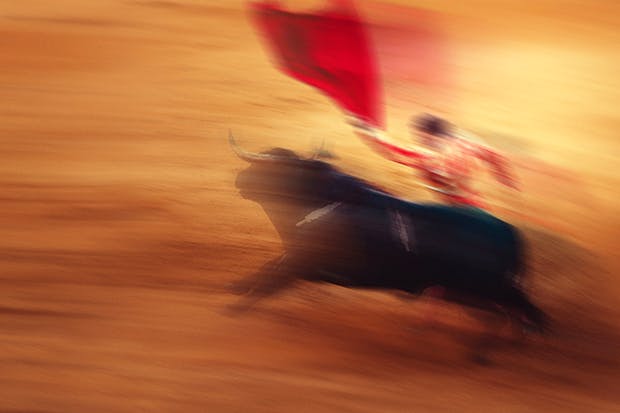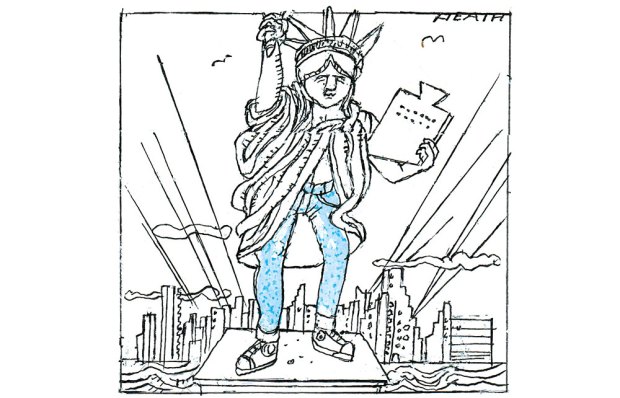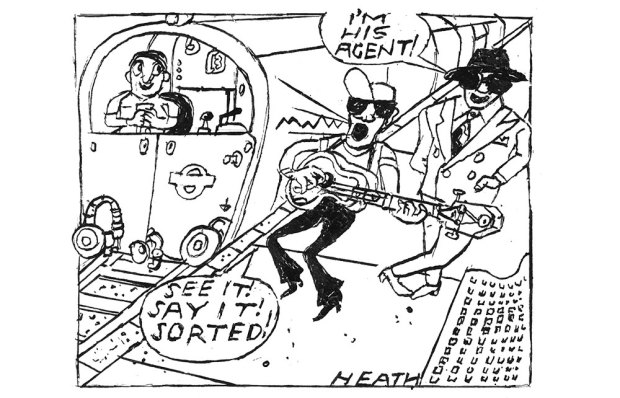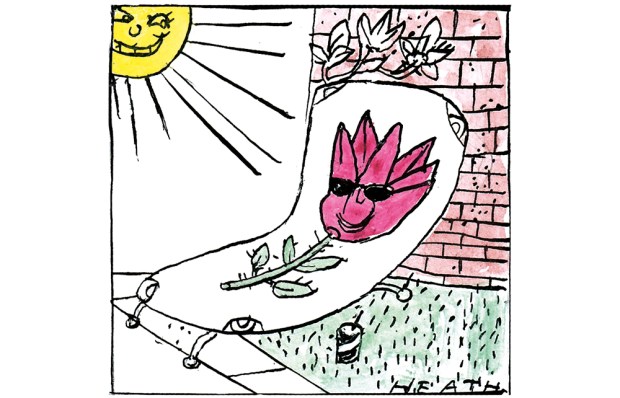Looking at the programme for the feria of San Isidro in Madrid this month (bullfights are being held on 31 consecutive days), it may be hard to believe that there is any threat to the future of the spectacle — it is not a sport — of what in Spain is called la corrida (the running of the bulls). But its popularity has undeniably been declining in recent years, due to two factors: growing opposition, in the sometimes spurious name of animal welfare, and Spain’s economic crisis.
The decision taken in 2010 to ban bullfighting in Catalonia had considerably less to do with the welfare of bulls than with the Catalans’ wish to distance themselves from the rest of Spain and Spanish traditions. The reaction from the Madrid government was to transfer responsibility for bullfighting from the Interior Ministry to the Ministry of Culture, formally giving to la fiesta nacional the status of patrimonio cultural. Of course this did nothing to silence the animal rights opposition, including those British members of the acting profession who talk about the number of bulls which would be saved from slaughter if bullfighting was abolished, completely ignoring the fact that, without the corrida, this breed of bull would cease to exist. As a wild animal — perhaps the only one that can be relied on to charge on sight — it is far too dangerous to be bred only for meat and milk, and is not a good converter of grass into protein. The bull ranches would probably be turned over to flower and vegetable production under plastic.
In the past few years, it is the recession in Spain that has had the most serious effect on bullfighting. The annual number of corridas has fallen by almost 60 per cent since 2007; some city councils have withdrawn public funding due to budget cuts or the opposition of local mayors. Bull breeders have gone out of business, and fewer matadors are entering the profession (there were twice as many 15 years ago). With youth unemployment still around 45 per cent and bullfight tickets so much more expensive than those for a football match, it is not surprising that the majority of spectators at a corrida are middle-aged or older. Opposition to the bullfight from the new left-wing party Podemos, which may form part of a coalition government following elections in June, will make its future more uncertain.
For aficionados, however, it’s not all gloom. The demise of bullfighting has been predicted — even by its supporters — for the past hundred years. After municipal elections last summer in San Sebastian, a three-year ban on bullfighting in the city was reversed. During last month’s Seville feria, the sell-out signs (‘No Hay Billetes’) were put up on several days outside the 13,000-capacity La Maestranza bullring. And a new matador star has appeared on the scene, a 19-year-old Peruvian called Andres Roca Rey, whom I hope to see fighting in Madrid later this month when I attend the annual lunch of the admirable Club Taurino of London.
Got something to add? Join the discussion and comment below.
Get 10 issues for just $10
Subscribe to The Spectator Australia today for the next 10 magazine issues, plus full online access, for just $10.














Comments
Don't miss out
Join the conversation with other Spectator Australia readers. Subscribe to leave a comment.
SUBSCRIBEAlready a subscriber? Log in